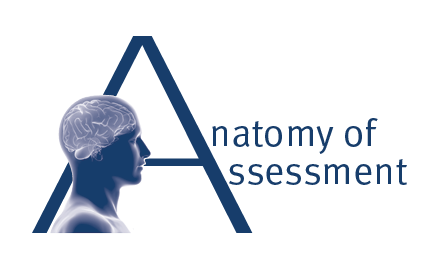The College as well as sector wide advice is that AI tools should be embraced and therefore embedded into the assessments that students are asked to do. Please make sure you also refer to your departmental guidance as it may differ for different assessment types. When deciding whether making the use of AI an integral part of your assessment consider the following questions:
- Do you believe in the value of AI tools in students’ future careers? Is it an important skill for them to be able to work with those tools in the future?
- Does the use of AI have significant pedagogical implications and does it enhance leaning outcomes?
- Will integration of AI improve the quality of your assessment? Will it reduce the issues around cheating and plagiarism?
Further consider these questions:
- Can similar ILOs be met through the redesigned task or is a change required?
- Does the new brief require rethinking of the marking criteria?
- Does the new brief place greater requirement on the students and the weighting needs readjustments?
An example of an assessment that asks specifically for AI to be used at Imperial can be found as a case study on the Anatomy of Assessment webpage.
If you decide that embedding AI use into the task is beneficial then remember about the following:
- Briefing - Ensure there is a thorough briefing with the students that tackles what kind of AI use is allowed on the course and what will incur penalties, how to appropriately reference AI sources in the assignment, what tools are available and which are allowed on the module. Similarly, ensure that marking team is appropriately briefed about the requirements of the task and are well prepared to make judgments about student work. Consult College level guidance and the Library guidance as well as any departmental guidance.
- Clarity of the task – make sure that it is clear to the student how you expect them to use AI and what skills they have to demonstrate. AI is often integrated to aide critical evaluation. Whatever the purpose is, make it clear how students are expected to use AI and demonstrate the required skills and competencies. Explicit discussion of assessment criteria can help to explain the expectations. Using exemplars can also be useful in establishing understanding of expectations and standards. More on using exemplars is in the videos resource below.
- Equity – ensure that all students have similar access to AI tools. For example, to ensure students who do not want to pay for ChatGPT subscription are not disadvantaged specify that only the free version is to be used. If you are dealing with international cohorts remember that not every country will have equal access to the tools. It might be useful to do some research based on the make up of your cohort to determine which tools are accessible to all and specify that these should be used to ensure fairness of access.
- Developing students AI literacy – an aspect of equity relates also to the ability to use the tools. This should be a part of AI literacy training that should also include guidance around prompt engineering. An example of good briefing that included elements of that can be found in this case study (please go to the downloadable resources section and open Generative AI briefing link)
- Constructive alignment – consider whether a change in assessment triggers any further changes to teaching and the ILOs. Make sure that appropriate approvals are sought for minor/ major modifications.
- Inclusivity – give appropriate inclusivity considerations to ensure fairness. This includes arrangements for reasonable adjustments (if desirable) and procedures for dealing with students who have mitigation. More on this below.
You might also want to read about King’s College approach to embedding AI into assessment called PAIR.
Detailed explanations are offered in these videos

What are exemplars?
Dr Iro Ntonia, Centre for Higher Education Research and Scholarship

Pros and cons of using exemplars
Dr Iro Ntonia, Centre for Higher Education Research and Scholarship

Strategies for successfully using exemplars
Dr Iro Ntonia, Centre for Higher Education Research and Scholarship

When is it not advisable to make reasonable adjustments?
David Mooney, Disability Advisory Services

Aligning a robust Quality Assurance process with extensions
Judith Webster, Registry

